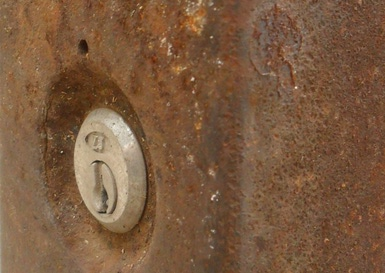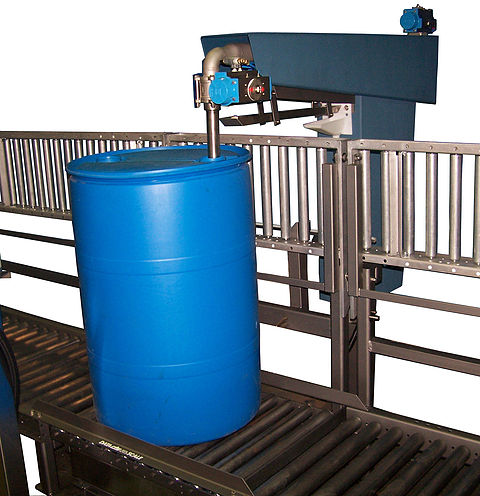
Corrosion is birthed by the deterioration of a metal, and with deterioration comes eventual failure. Corrosion is caused by a chemical reaction causing deterioration of the entire surface of a metal. Ultimately, the metal breaks down causing irreversible damage that can effectively cause the failure of the metal, and therefore the failure of your equipment.
BUT, there is hope, because deterioration is often preventable.
No metal is immune to corrosion in all environments, but by understanding the metal being used the corrosion level may be reduced. Changes to the type of metal being used when working with corrosive products will help in reduction. When having a corrosive product, you may opt to use an epoxy or a urethane coating, stainless steel sealant, or high grade stainless steal like type 304 and type 316.
To better equip your equipment, you yourself do not necessarily have to know about corrosion prevention, but your manufacturer should. Data Scale offers all of the options mentioned in the article and are more than happy to help make the best decision for you.



